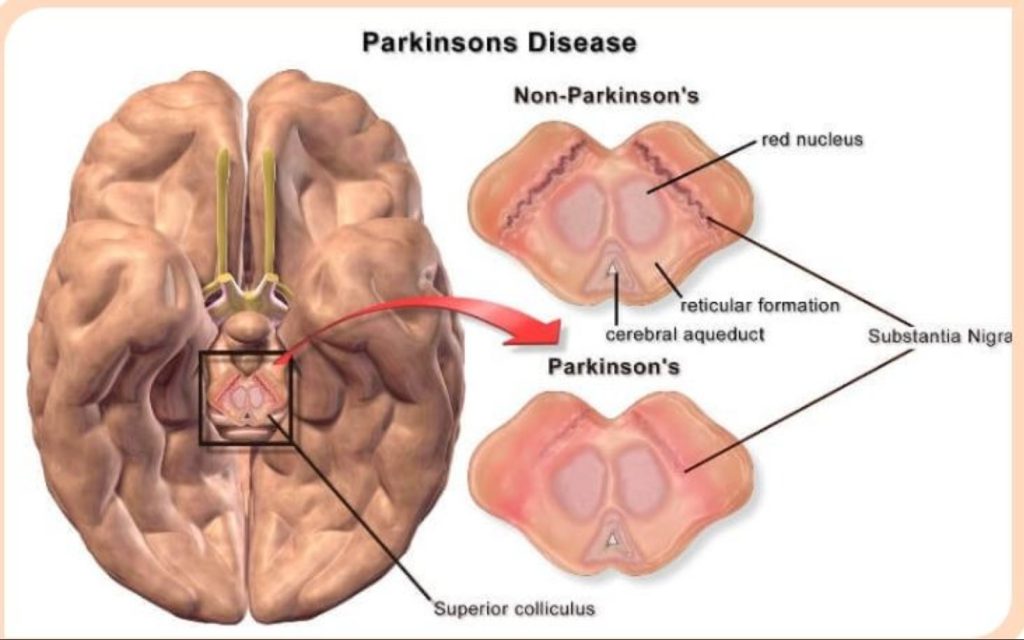The exact cause of Parkinson’s disease remains unknown, but researchers believe it involves a combination of genetic and environmental factors.

Parkinson’s disease, a progressive neurological disorder, has long been associated with aging, typically affecting those over the age of 60. However, in recent years, there has been a concerning trend of Parkinson’s striking individuals under the age of 50.
To subscribe please click tau.id/2iy6f and access our live channel.
This shift in demographics raises significant questions and prompts a deeper exploration into the causes and implications of early-onset Parkinson’s disease. While advancing age remains a prominent risk factor for Parkinson’s disease, health experts expressed concerns over the increasing early onset of the neurodegenerative diseases.
ALSO CHECK: Russia Declares Emergency After Radiation Leak
What is Parkinson’s Disease
Parkinson’s disease is a progressive neurological disorder that affects movement. It primarily develops due to the gradual loss of dopamine-producing cells in a region of the brain called the substantia nigra. Dopamine is a neurotransmitter involved in regulating movement and coordination. When dopamine levels drop, it leads to the characteristic symptoms of Parkinson’s disease.
What Leads to Parkinson’s Disease
It is characterized by the gradual loss of dopamine-producing cells in the brain, leading to symptoms such as tremors, stiffness, slowness of movement, and impaired balance and coordination. While the exact cause of Parkinson’s remains elusive, researchers have identified a combination of genetic and environmental factors that contribute to its development.
Study for the Disease
According to a 2022 study published in the journal Parkinsonism & Related Disorders, India has an increasing prevalence of Parkinson’s disease, with the average age of onset almost a decade younger in comparison to other countries.
Factors such as exposure to pesticides, air pollution, and dietary habits intersect with genetic susceptibilities to shape the disease trajectory, challenging the notion of Parkinson’s as an exclusive affliction of the elderly.

What’s Different About Young-Onset Parkinson’s
The age of diagnosis matters for a variety of reasons, from probable causes of early cases to symptoms and treatment:
- Genetics:. As with any case of Parkinson’s disease, the exact cause is usually unknown. That said, young-onset cases of Parkinson’s disease are, on average, slightly more likely to be familial.
- Progression: Patients with young-onset Parkinson’s appear to have a slower progression of the disease over time. They tend to have a milder course, staying functional and cognitively intact for much longer.
- Treatment: Most patients with Parkinson’s take the medication levodopa. However, other drugs, such as MAO-B inhibitors, anticholinergics, amantadine, and dopamine receptor agonists, may be used before levodopa.
Challenges with Patient
Parkinson’s disease patients contend not only with motor symptoms like tremors, slowness, stiffness, and postural instability but also grapple with often overlooked non-motor manifestations such as sleep disturbances, anxiety, depression, and cognitive impairments.
In addition to the challenges posed by the disease itself, there is a growing recognition of the financial burden associated with Parkinson’s disease, particularly for individuals diagnosed at a younger age.
The long-term costs of medical care, medications, and supportive services can place a significant strain on individuals and their families, highlighting the importance of comprehensive healthcare coverage and social support systems.
A Ray of Hope
Advances in medical research and technology have led to the development of new treatment options and therapeutic approaches aimed at improving symptom management and slowing disease progression. Deep brain stimulation, for example, has emerged as a promising therapy for individuals with Parkinson’s disease, offering relief from motor symptoms and improving overall quality of life.
Moreover, ongoing research efforts aimed at unraveling the underlying mechanisms of Parkinson’s disease hold the promise of identifying novel targets for intervention and developing disease-modifying therapies.
Conclusion
The increasing incidence of Parkinson’s disease among individuals under the age of 50 highlights the need for a comprehensive approach to understanding and addressing the factors contributing to its onset at a younger age.
By advancing our understanding of the genetic, environmental, and lifestyle factors that influence Parkinson’s disease, we can work towards early detection, personalized treatment strategies, and ultimately, improved outcomes for individuals affected by this debilitating condition.




